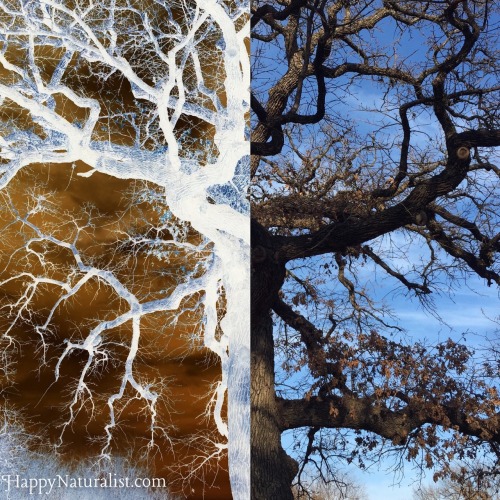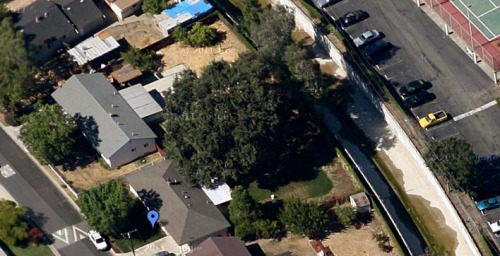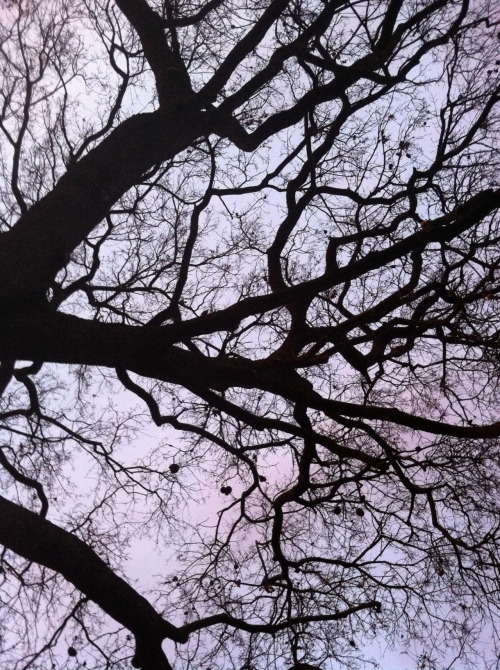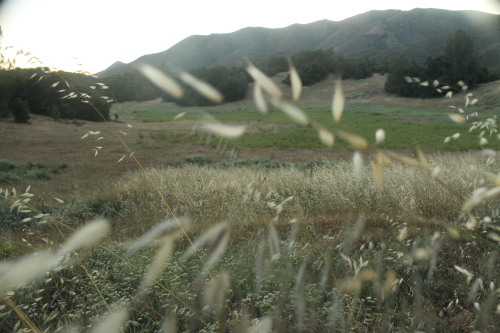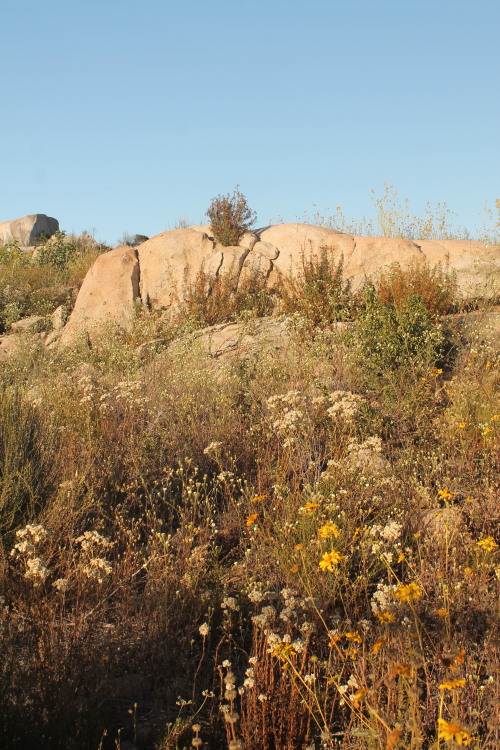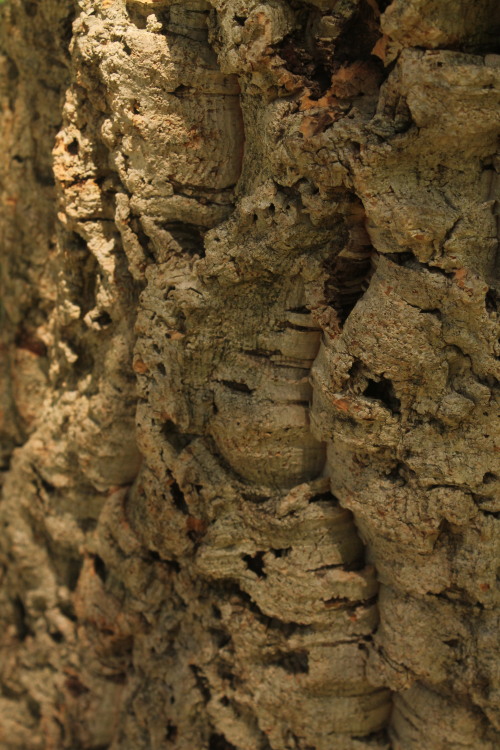#quercus
When Acorn Masts, Rodents, and Lyme Disease Collide
When Acorn Masts, Rodents, and Lyme Disease Collide
“‘Mast years’ is an old term used to describe years when beeches and oaks set seed. In these years of plenty, wild boar can triple their birth rate because they find enough to eat in the forestes over the winter… The year following a mast year, wild boar numbers usually crash because the beeches and oaks are taking a time-out and the forest floor is bare once again.” — The Hidden Life of Trees by…

This Plant # 7 (aka Our Big Old Valley Oak) (by flora-file)
Valley Oak - Quercus lobata
One of the very first things anyone notices in our backyard is the oak tree, which is far larger than our little house. It is a deciduous oak, so it lets in lots of light in the winter, and shades out the heat in the summer. During the summer its lobed leaves let in dappled light that is perfect for many California native plants. Of course, it drops about 30 cubic yards of leaves every fall, and every two or three years a gazillion acorns, which is all fine and good until I’m trying to wheel a 500 lb green waste can filled with 10,000 acorns to the curbside.
Our house was built in 1950, which is when most of the smaller trees in this top photo were planted. The oak tree on the other hand takes up a large portion of our backyard and part of our neighbor’s, and it must be at least 200 years old. These older Oak trees only grow where there is a nearby source of water, and we do live along an aquifer that carries water to the SF Bay Delta from nearby Mt Diablo. Our proximity to the aquifer actually means our house is in a flood zone. I’m not sure what intricacy of fate saved this tree from being cut down at some point in the past as folks started paving over most parts of this neighborhood, but now it stands as a stoic survivor from a previous, unpaved era. When I think how the world has changed in the time this Oak Tree has been growing here, it puts things into a whole different perspective.
We had to get this tree trimmed recently, and had numerous arborists come by and give us quotes. Every one of them told us how healthy our tree was, what an awesome, amazing, huge, old tree we had. It’s interesting that everyone referred to it as our tree orour valley oak. The fact that anyone can try to claim provenance over such ancient organism seems more and more ludicrous to me the more I think about it. Really this is the oak tree’s property. We are just passing through.
More photos of the Oak
The story of my life told through the story of my plants. Read more This Plant stories ======> HERE.
Post link
Landscape scenes from a pristine Southern California Oak Savanna habitat, hiked to off the Ortega Highway in Southern Orange County. Knowing that such habitat still exists does my conservationists’ heart good.
Post link
Cork Oak, Quercus suber, growing magnificently well in the Elysian Park Arboretum. The bark of this oak was once the exclusive source of bottle plugs/corks. Now, due in large part to over-demand of the real thing, artificial corks have come to be used.
Post link

